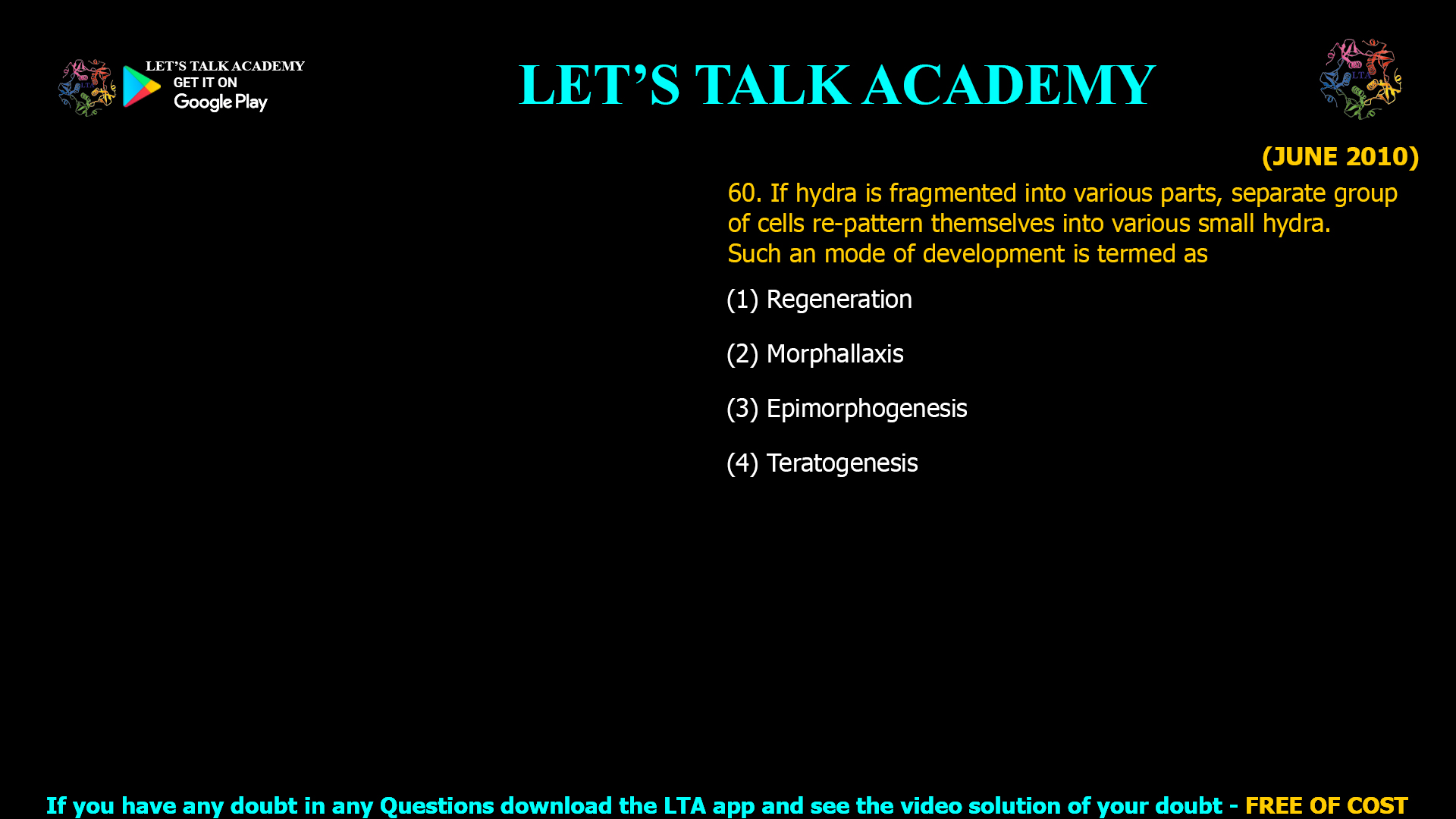The mammalian genital ridge is bipotential. Which one of the following statements regarding determination of the fate of genital ridge is INCORRECT? (1) The activation of Sox9 gene promotes testis […]
Category: CSIR NET Life Science Previous Year Questions and Solution on Morphogenesis and Organogenesis in Animals
CSIR NET Life Science Previous Year Questions and Solution on Morphogenesis and Organogenesis in Animals












































































